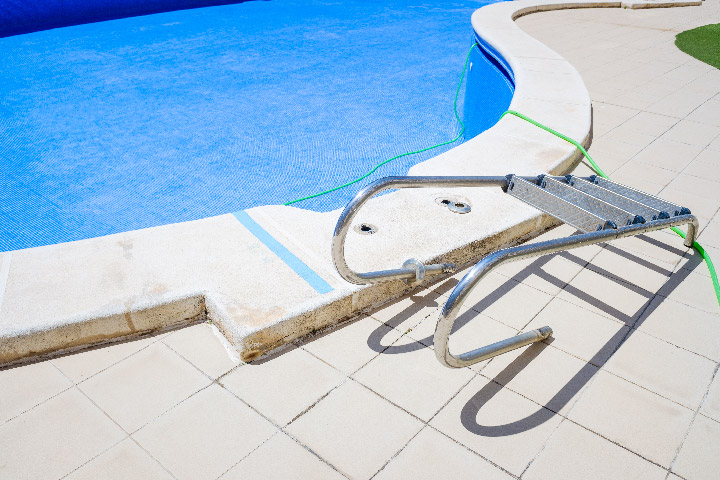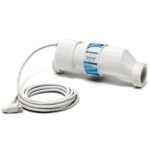
Caring for Your Pool Ladders: A Comprehensive Guide for Homeowners
Learn about Different Types of Pool Ladders, Safety Tips, Identifying Issues, and Repair or Replacement Techniques
Introduction
Pool ladders are an essential component of any swimming pool, providing safe and easy access for swimmers. As a homeowner, it’s important to know how to properly care for and maintain your pool ladders to ensure their longevity and safety. In this article, we will discuss the various types of pool ladders, safety tips for proper use, how to identify issues, and when and how to repair or replace your pool ladders.
Types of Pool Ladders
- Standard Stainless Steel Ladders: These ladders are made from durable stainless steel and are designed for inground pools. They typically have two or three steps and are anchored into the pool deck.
- A-Frame Ladders: A-Frame ladders are popular for above-ground pools. These ladders feature two sides, one for entering the pool and one for exiting, with a platform at the top for added safety.
- In-Pool Ladders: These ladders are designed to be partially submerged in the water, providing an additional set of steps for swimmers to use while in the pool.
- Deck-Mounted Ladders: Deck-mounted ladders attach directly to the pool deck and are commonly used for inground pools with limited space or unique configurations.
Safety Tips for Pool Ladder Use
- Regularly inspect the ladder for signs of wear, rust, or damage. Make repairs or replace the ladder as needed to ensure safe use.
- Ensure that the ladder is properly secured to the pool deck or wall to prevent it from moving or coming loose during use.
- Teach children and guests how to properly use the ladder, emphasizing the importance of using the handrails and not jumping or diving from the ladder.
- Keep the ladder clean and free of algae or other slippery substances to prevent slips and falls.
Identifying Issues with Your Pool Ladder
- Loose or Wobbly Ladder: If the ladder moves or wobbles when used, it may not be properly secured, or the anchor points may be damaged.
- Rust or Corrosion: Inspect the ladder for signs of rust or corrosion, which can weaken the metal and pose a safety risk.
- Cracked or Damaged Steps: Check the steps for any cracks or damage that could cause them to break under pressure.
- Bent or Warped Rails: Examine the rails for any signs of bending or warping, which could indicate structural damage.
Repairing or Replacing Your Pool Ladder
- Tighten or Replace Anchors: If the ladder is loose or wobbly, try tightening the anchor bolts or replacing them if they are damaged.
- Remove Rust and Repaint: For minor rust or corrosion, use a wire brush to remove the rust and then repaint the ladder with a rust-resistant paint.
- Replace Damaged Steps: If the steps are cracked or damaged, replace them with new ones that are compatible with your ladder model.
- Replace the Entire Ladder: If the ladder has significant structural damage or is beyond repair, it is best to replace the entire ladder for safety reasons. When selecting a new ladder, ensure it is compatible with your pool type and meets all safety standards.
Conclusion
Proper care and maintenance of your pool ladders are essential for ensuring the safety and enjoyment of your swimming pool. By understanding the different types of pool ladders, following safety tips, regularly inspecting for issues, and knowing how to repair or replace your ladder when needed, you can provide a secure and reliable means of access for your family and guests. Regular ladder maintenance




